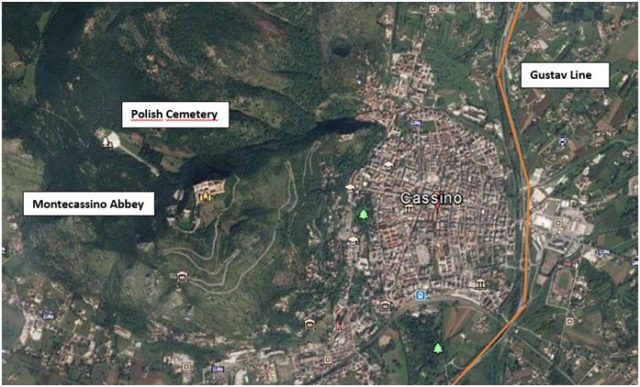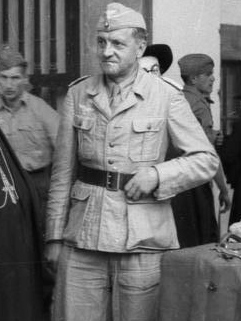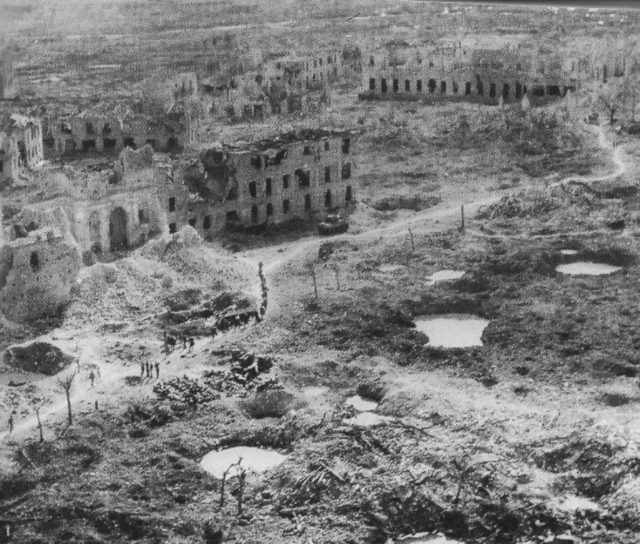War History Online presents the second part of this Guest Article from Pietro Giovanni Liuzzi
The Salvage of Montecassino Treasury
The Abbey of Montecassino is located on top of a hill. It is a massive white construction visible from a distance. Nowadays it can be clearly observed driving on the A1 motorway. It had the misfortune to be located on the defensive line designed by General Albert Kesselring to stop, hinder, delay the Allies’ advance after their landing at Salerno on September 9, 1943.
At the foot of the hill, southwards, lies the town of Cassino, an important strategic stronghold of the German defense because of its position at the mouth of the Liri River. Along with that valley runs the Casilina State Road leading to Rome.

Given the increasing number of air raids, the Austrian lieutenant colonel Julius Schlegel, with the help of Captain Maximilian Becker, on their own initiative, warned the abbot of Montecassino Abbey, Friar Gregory Diamare, of the possible damage the rich operas of art might suffer during the following months.
After an initial refusal, the abbot accepted the proposal to transfer by German trucks everything valuable to Rome, to the Vatican; some paintings, due to a shortage of time, were transported with makeshift packaging. The transfer operation began October 13 and was completed on December 8.

Montecassino Abbey, Italy, 1943. Photo Credit
The first artillery shell struck the abbey on January 11, 1944; since then hell materialized on top of a hill where the ancient Benedictine abbey of Montecassino was located. Other than the earthquake in 1349, the abbey was destroyed by the Longobards in 577 and by the Saracen in 883. It was rebuilt respectively in 1366, 718 and 949.
Prerogative for the third destruction of the abbey, built in 529 by San Benedetto da Norcia, is the New Zealander General Sir Bernhard Freyberg, who, believing it was occupied by German troops, ordered razing the abbey to the ground causing harm to the entire humanity. This happened on February 18, 1944, during the second battle of Cassino by tons of bombs.

The friars, the population surrounding the Abbey territory and the town of Cassino were evacuated. The monastery had never been violated before by the Germans; no weapon was installed in it by that time. They did it only after the Abbey was completely destroyed and they kept that position until May 18 of that year. There were necessary two more cruel battles to pass over the Gustav Line and this happened thanks to the ultimate French (Moroccan) troop’s assault.
To be continued.
Pietro Giovanni Liuzzi, essayist
Colonel (Rtd.) Italian Army
Check out Pietro’s Facebook page.
Photos provided by the author.
